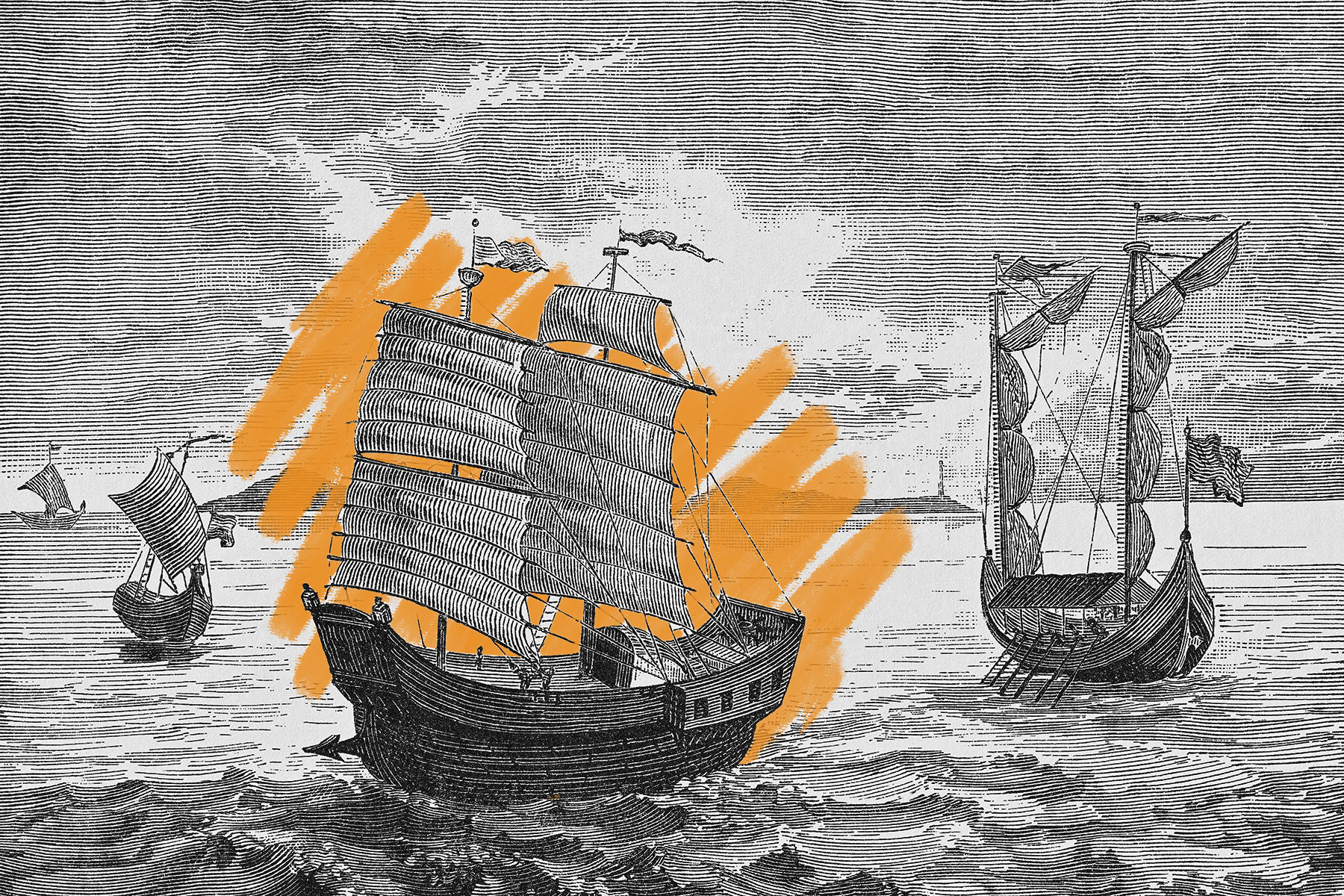Ferdinand Magellan wasn’t the first person to circumnavigate the globe.
Five hundred years ago, no one suspected the 16th-century vessel the Nao Victoria would become the stuff of legend. In 1519, a Portuguese consul called the Spanish carrack “very old and patched up” and unfit to even “sail … to the Canaries.” Nevertheless, the Nao Victoria was chosen for a five-ship expedition, crewed by 270 men, that would come to be known as one of the most significant journeys in the history of human exploration.
The captain of this unprecedented adventure was Portuguese explorer Fernão de Magalhães, anglicized Ferdinand Magellan. On September 20, 1519, he set sail aboard the flagship Trinidad from Sanlúcar de Barrameda in southern Spain, with an intended destination of the present-day Maluku Islands. Three years and tens of thousands of miles later, the “very old and patched up” Nao Victoria was the journey’s sole surviving ship — and Magellan wasn’t on board.
Magellan had died in a skirmish in the Philippines in 1521. It was Juan Sebastián Elcano, another mariner on the expedition, who brought the Nao Victoria back to its home port, but Elcano wasn’t the first person to circumnavigate the globe either. Historians believe that honor belongs to an enslaved person named Enrique, whom Magellan seized during the Portuguese conquest of Malacca (in present-day Malaysia) in 1511.
Enrique served as an interpreter during the historic journey for eight years after his capture, but he abandoned the mission after Magellan’s death. As luck would have it, Enrique was only a little over 1,500 miles from his native land of Malacca. If Enrique found his way home before September 6, 1522 (when the 18 men aboard the Nao Victoria made it home to Spain), he’d officially be the first person to ever circumnavigate the globe — but we’ll likely never know for sure.







